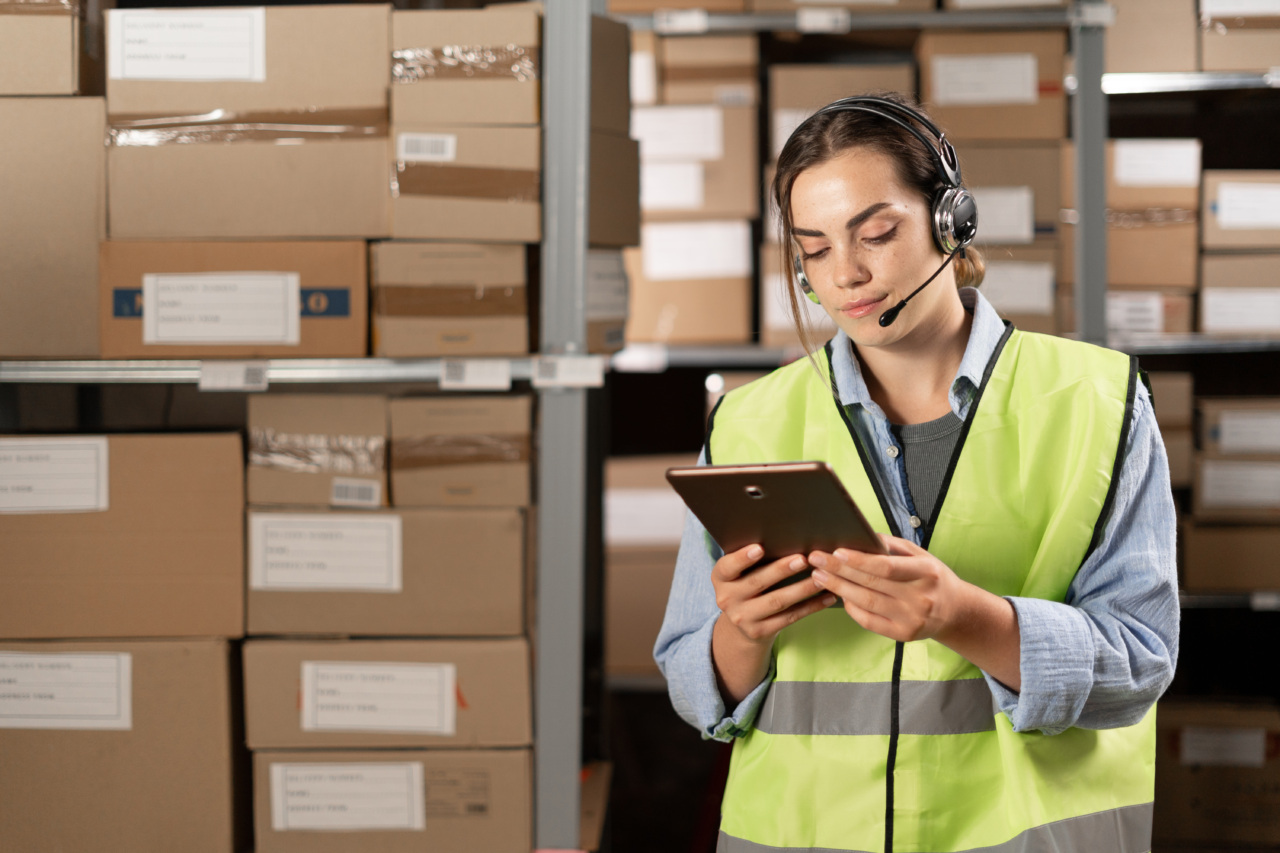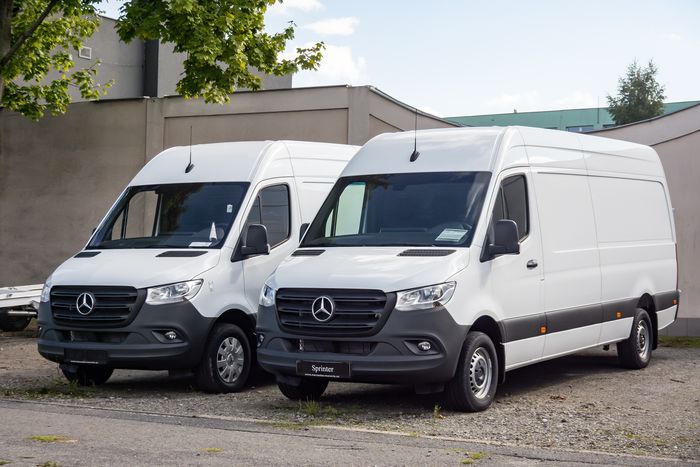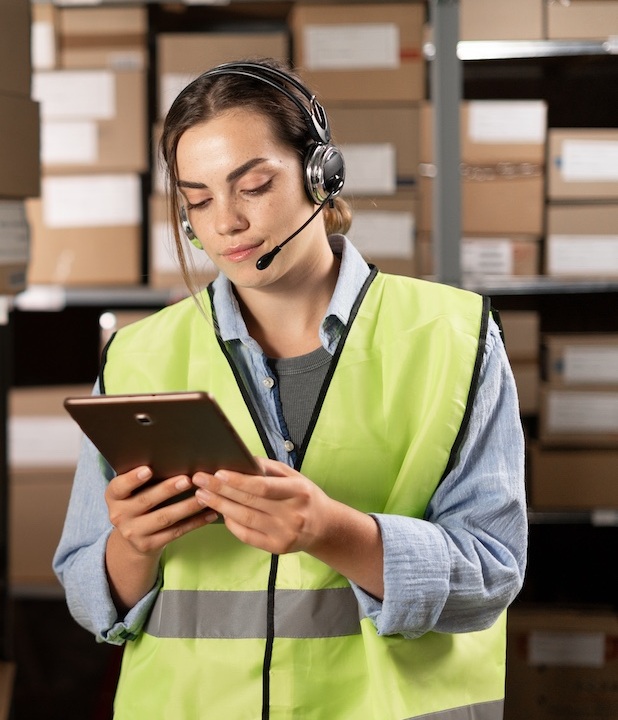Reducing Delivery Transport Costs for Business: Why Putting Your Customer First Drives Success
Use data-driven route optimisation ✓ to reduce delivery transport costs ✓ at Ontime Delivery Solutions.…

Is your logistics department an asset to your business, or is it the source of your most stressful phone calls? If you’re here because another delayed shipping event just cost you a key client, you know exactly what I mean. I’m Walter Scremin, CEO of Ontime Delivery Solutions. For over two decades, I’ve worked side by side with Australian businesses in a logistics industry now valued at nearly $150 billion AUD.
I’ve seen brilliant companies get kneecapped because a late parts shipment idled an entire mechanic’s workshop for a morning. That delay isn’t just an inconvenience; it’s thousands of dollars in lost productivity for your client. The real challenge is that improving your logistics services requires more than just the management of personnel and vehicles; it requires a new way of thinking.
This guide is the framework for that new thinking. It’s a practical, road tested strategy to optimise your post-purchase journey and turn each shipment into a powerful competitive advantage for your company.
Here’s the journey we’ll take:
Before we fix a single process, we must start with the most important element: your mindset. This means shifting your view of logistics from a cost to be minimised to your single biggest opportunity to build trust with each client.
The philosophy is simple: the final shipment is the physical culmination of every promise you’ve made to your client. It’s the final, and often only, human interaction they have with your brand.
A team member handling automotive parts isn’t just a driver; they are your reputation arriving at the workshop door. A person transporting time-sensitive healthcare goods is the final link in a chain of patient care. When you see that interaction as a strategic asset, investing in a seamless service focused on the customer becomes a non-negotiable part of your business, so that you build loyalty and repeat business with every single drop-off.
Focusing on the client isn’t a “soft” strategy; it’s one of the sharpest commercial decisions you can make. It directly drives profitability, creates positive outcomes, and builds a competitive advantage that is incredibly difficult for other partners to copy.
The reasoning is that it’s far cheaper to keep a happy client than it is to find a new one. Landmark research from Bain & Company shows that a mere 5% increase in client satisfaction can boost profitability by anywhere from 25% to 95%.
Losing one of your major accounts over an inconsistent shipment forces you back into the expensive cycle of marketing and sales to find a replacement. In contrast, keeping that account through flawless services provides compounding returns year after year, so that your logistics operation actively funds your business’s growth instead of draining its resources.
A great service interaction doesn’t happen by accident. It’s the result of a deliberate, repeatable system. Here are three simple, actionable playbooks you can use to audit and improve your own B2B logistics solutions.
You can’t be focused on the customer if you’re not reliable first. This playbook is about gaining control by anticipating failure. The most effective way of handling complaints is to build a system so reliable that they rarely happen in the first place.
This playbook is built on a simple philosophy: answer your client’s questions before they have to ask them. Improving your client communication turns a reactive chore into a strategic tool for building trust.
The philosophy here is simple: use the right tool for the job. A one size fits all approach to your fleet is a guaranteed way to waste money on fuel and maintenance, limiting your logistical capabilities for your clients.
Book a free, no-obligation analysis today.
A great system is only half the battle. Your strategy is only as strong as the person executing it, and in the logistics business, that person is your operator. A positive experience here is a key part of the overall service provided.
The philosophy is that consistency builds trust and deep operational expertise. When you have the same dedicated operator servicing the same route every day, they become a true expert on that client’s specific needs.
A dedicated team member knows the warehouse manager by name, the exact access constraints of a particular loading dock, and the best time to arrive to avoid a queue. This is a powerful competitive advantage that a revolving door of random couriers can never provide, so that your shipments become faster, more reliable, and more personalised over time, deepening your relationship with your most important customers.
To ensure your strategy is working, you need to measure what the client actually perceives, not just your internal processes. This complete post-purchase optimisation starts with tracking the right metrics.
You might be asking, “What should I track beyond the standard ‘On-Time In-Full’ metric?” While this metric is a good start, it doesn’t tell the whole story. To get a true picture of your client interaction, you must also track:
Understanding these principles is the first step. Taking decisive action is what creates tangible change. Here is a simple, phased plan for better logistics management you can start this month.
After running this initial audit, a powerful next step is to see how your numbers stack up against an optimised model. This can be done through a detailed internal review or a specialised diagnostic, which can also include an integration review of your existing technology.
Our complimentary Fleet XRAY™ Analysis, for example, is a process where we analyse your operational data to provide a clear, data driven comparison against a fully tailored and optimised operation. This gives you a concrete understanding of your potential savings.
If you’re ready to get out of the logistics business and back to growing your core business, our team is ready to help. To get in contact, give us a call on 1300 778 919 or contact us online for a no-obligation chat.
The single most important factor is reliability. While communication and flexibility are crucial, a delivery that consistently arrives on time and as promised is the bedrock of a positive experience. For B2B clients in sectors like automotive parts or healthcare in Australia, an unreliable shipment directly causes operational downtime and financial loss, making reliability the primary driver of trust and loyalty.
A small business can significantly improve client communication by automating one key update. Instead of investing in a full system with branded tracking pages, start by setting up an automated email or SMS that triggers when an order is marked as “Out for Delivery.” This simple, low cost action proactively answers the most common client question (“Where is my order?”), reduces inbound calls, and manages expectations effectively.
Post-purchase optimisation is a broader strategy, while good service is a critical component of it. Good service focuses on the tactical execution: was the parcel on time and undamaged? Post-purchase experience optimisation, in contrast, covers the entire journey after payment, including order confirmation, communication quality, tracking visibility, the professionalism of the personnel, and how effectively any complaints are handled. The goal is to make every touchpoint after the sale as seamless and positive as the purchase itself.
For a B2B supplier, offering flexible options for their e-commerce or ordering platform provides a significant competitive advantage. It allows their clients, such as workshops or retail stores, to better manage their own inventory and cash flow. For instance, offering a standard 3-day shipment alongside a premium next-day or same-day service for urgent needs caters to different operational requirements. This flexibility demonstrates an understanding of the client’s business, making the supplier an indispensable partner rather than just another vendor.
The most effective way of handling complaints involves a two part approach: prevention and proactive resolution.
Call for a free, no-obligation chat about building a better system.
From pickup to drop-off, we make every step easier.
Become a driver 1300 778 919


